The catalytic converter is a key part of any modern gas or diesel-powered vehicle. Catalytic converters filter out toxic gases created by combustion within the engine. Since all of the exhaust passes through the catalytic converter, they become dirty after years of use. Replacing a catalytic converter is expensive, so cleaning it first is typically the best option. So, we researched how to best clean a catalytic converter and have the breakdown for you here in this post.
To perform a routine clean on a catalytic converter, you can use the simple method of pouring a cleaning solution into the gas tank. An over-the-counter cleaner like Cataclean or even a lacquer thinner will work best. Sometimes a deep clean is necessary, and that involves removing the device. To do a deep clean on the catalytic converter, follow these steps:
- Remove the catalytic converter from the bottom of the vehicle.
- Fill a large bucket with water and dishwashing detergent.
- Let the converter sit in soapy water overnight.
- Once dry, reinstall the catalytic converter to see if its effectiveness has improved.
That's just the basic information on how to clean a catalytic converter. Please continue reading for a more detailed look at the steps for a manual clean. We will also look at the other method, a store-bought cleaning solution. Lastly, we will examine the most popular cleaner on the market, Cataclean, and determine its effectiveness.
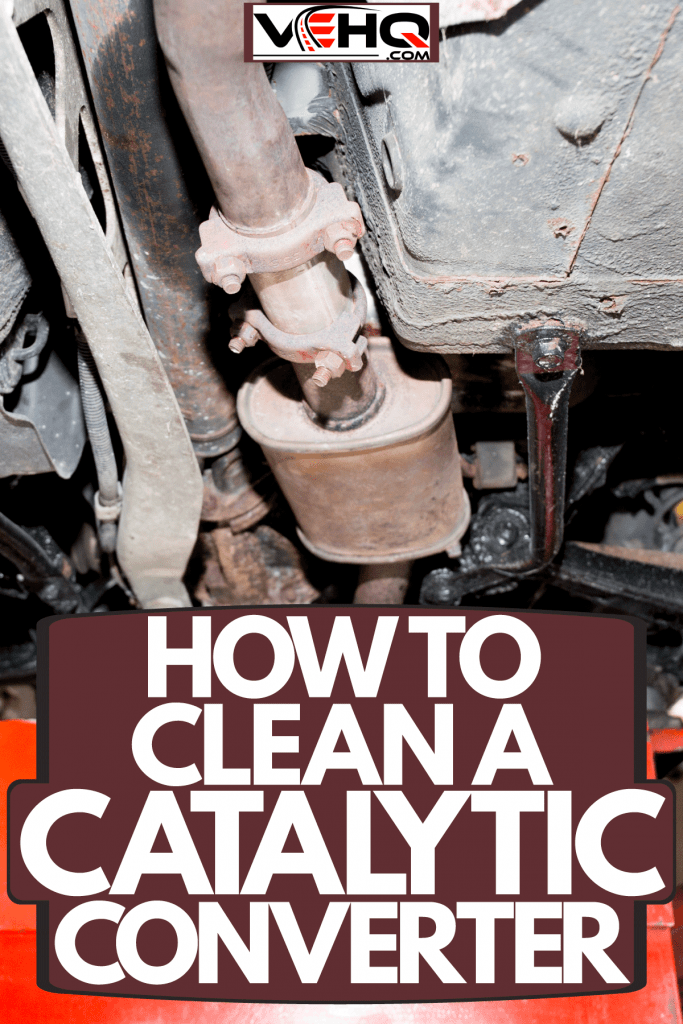
Cleaning Your Vehicle's Catalytic Converter
The catalytic converter is a type of filter that is a part of a vehicle exhaust system. A catalytic converter works by causing a kind of chemical reaction among the gases that pass through it. Precious metals within a hot ceramic casing inside the converter break down certain molecules. By going through this process, the catalytic converter successfully pulls harmful emissions out of the car's exhaust. This is necessary because byproducts of a combustion engine like carbon monoxide are nasty for our health and environment.
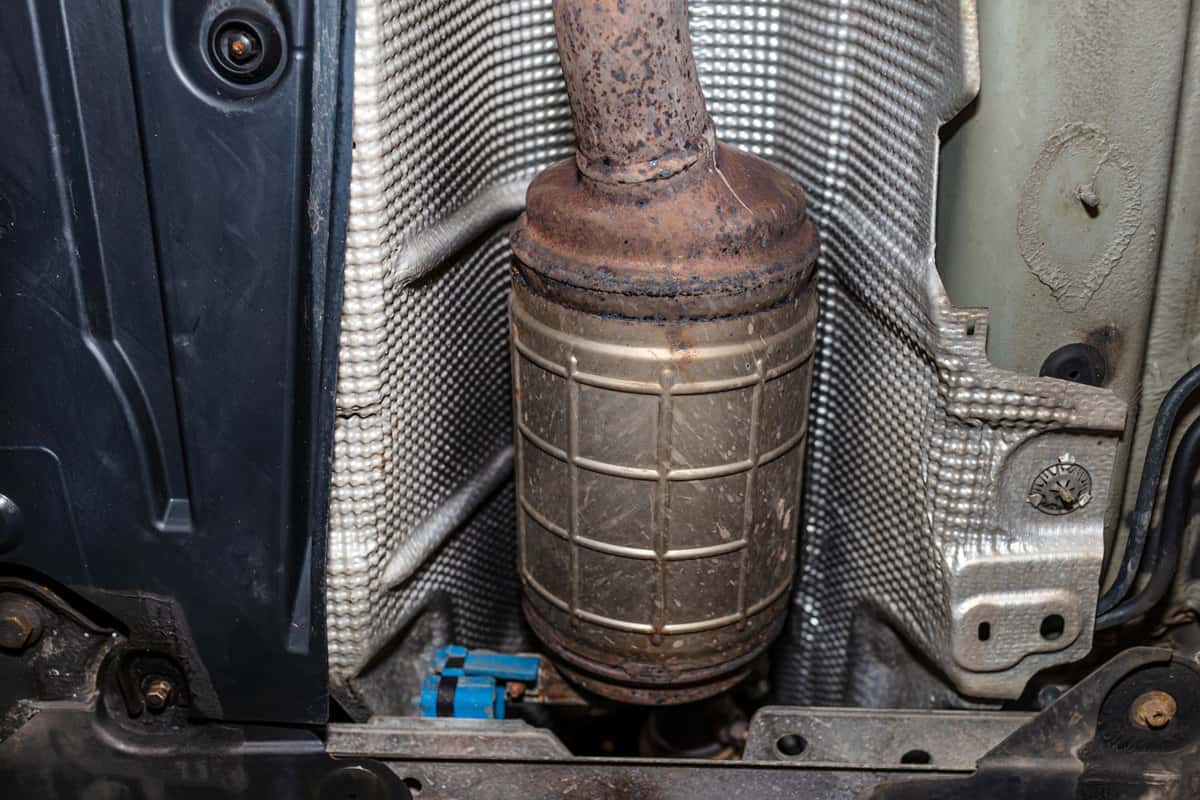
Catalytic converters are filled with honeycomb-like materials that create as much surface area as possible within the small enclosure. Over time, carbon and other substances leftover from combustion become lodged in the tiny honeycomb holes. This makes the catalytic converter decrease in functionality.
A faulty or declining catalytic converter is one of the many common occurrences that will trip your car's check engine warning system. Upon taking your vehicle to your local automotive store and getting it checked, they may advise that you need a new catalytic converter. While your catalytic converter may be beyond help, cleaning it is always worth a shot to get the device back to a functional level. There are two potential ways to clean your catalytic converter, each having its benefits.
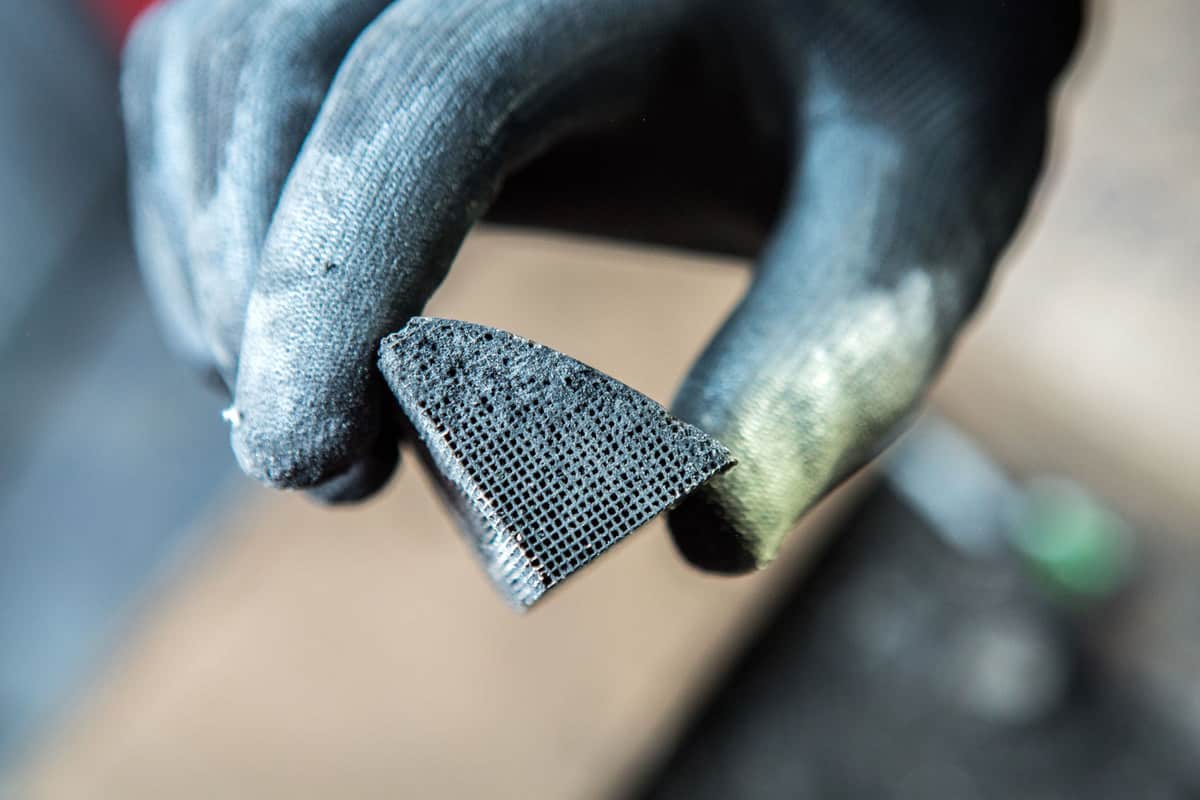
Catalytic Converter Deep Clean
The first method is more physically demanding but only uses non-corrosive cleaning products you probably already have around the house. We don't recommend this method for anyone who doesn't have previous experience taking apart cars and reassembling them. Always consult a professional before doing so if it is your first time. To deep clean your catalytic converter, please follow these steps:
- Using the appropriate tools, remove the catalytic converter from the vehicle.
- Fill a large bucket with dish soap and water.
- Place the now loose catalytic converter in the bucket and soak overnight.
- Examine the honeycomb within the converter to see if it looks clear of debris.
- If so, reassemble the exhaust system by replacing the catalytic converter.
- If not, replace the soap and water and leave it to soak for another few hours.
If, after this process, your check engine light is still on and is still pulling the code for a spent catalytic converter, it may be time to replace the part. However, before you do that, it could be worth trying the second cleaning method: a store-bought catalytic converter cleaner.
Using a Catalytic Converter Cleaner
The second method for cleaning a catalytic converter is by pouring a cleaning liquid into your gas tank. The fluid enters the fuel tank and mixes with the gasoline inside. Once you run your vehicle with these chemicals in the fuel tank, they act on the build-up in the catalytic converter, breaking it down and therefore cleaning it. An example of the process for cleaning your catalytic converter with a liquid cleaner is as follows:
- Reduce the fuel level in your car to 1/4 tank.
- Pour the cleaner into your fuel tank. The amount will depend on the type of cleaner.
- Drive around for 10-15 miles at a normal pace.
- Refill your tank with gasoline and continue driving as normal.
Please note that these are general directions based on an actual product called Cataclean. Specific directions for other brands and materials may be different. Always follow the directions on packaging or consult a local mechanic if you have any doubts or questions.
Types of Liquid for Cleaning a Catalytic Converter
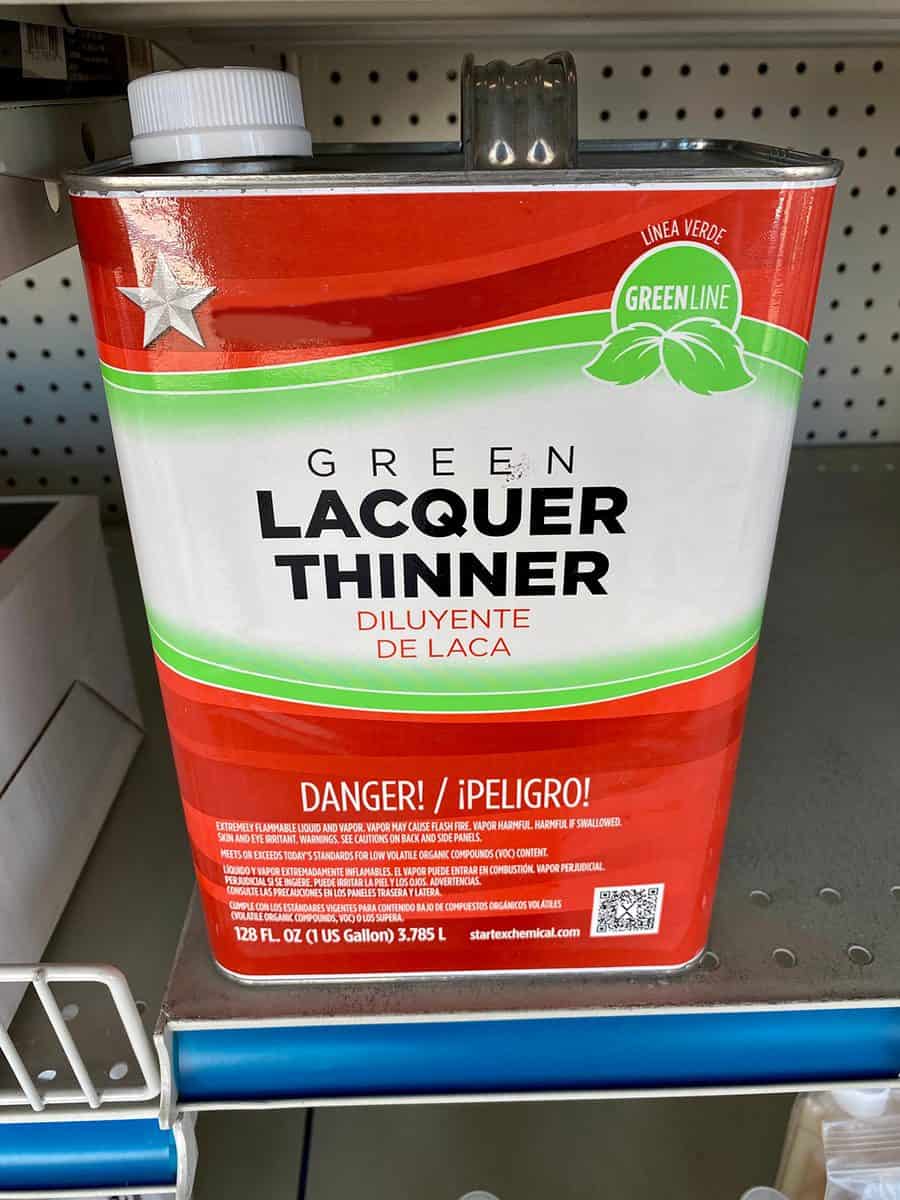
The old-fashioned liquid to use for this process is lacquer thinner. Lacquer thinner is typically used to clean paint-related items like rollers or spray paint nozzles. But the liquid has corrosive properties that are tough on the types of build-ups in engine systems and catalytic converters. There are many versions of it available at hardware stores and online.
Click here to see the Klean-Strip lacquer thinner at Amazon.
While a substance like lacquer thinner may work to clean the inside of your catalytic converter, there are other options. Nowadays, specialized cleaning solutions are explicitly meant for catalytic converter and engine health. These products are better than something like lacquer thinner because they have a reputation of being specifically for automotive parts. You will find instructions for use on the bottles and everything you need to clean your catalytic converter.
There are several brands of catalytic converter cleaners on the market. Some of them are geared to help your vehicle prepare for an emissions test required in some cities. Always follow the on-the-bottle or box directions regarding how much fuel you should leave in your tank when adding one of these store-bought cleaners to your fuel mix.
Click here to see the Dura Lube severe catalytic and exhaust treatment at Amazon.
What is the Best Way to Clean a Catalytic Converter?
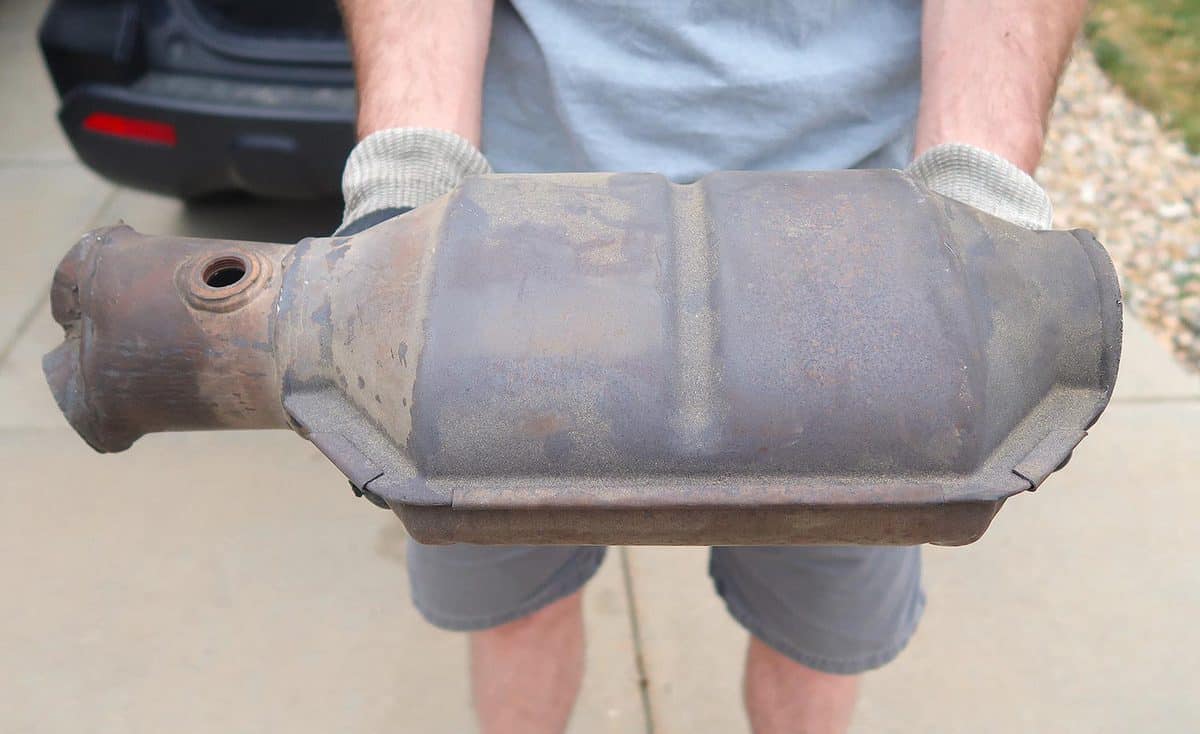
The manual, deep-clean method of cleaning a catalytic converter may give the best boost in performance. But the reality is that removing this complicated auto part is not an easy job. Due to that fact, the best way to clean a catalytic converter is by using an over-the-counter product like Cataclean. Products like these are easy to use and tend to give excellent results for the effort.
We suggest using a product specifically designed to run through engines and clean catalytic converters over something like a lacquer cleaner.
Does Catalytic Converter Cleaner Really Work?
An all-in-one catalytic converter cleaner that you pour into your gas tank and hit the road seems too good to be true. But it really does work. There are dozens of testimonials on Youtube if you'd like more details and accounts. Catalytic converter cleaners will help your vehicle run smoother and pass emissions tests easily.
If your catalytic converter is especially clogged with carbon and other materials, it may be necessary to replace it. But for maintenance and preventative cleanings, catalytic converter cleaners will do the job.
Is Catalytic Converter Cleaner Safe?
Catalytic converter cleaners are engineered to clean fuel, engine, and exhaust systems on gasoline and diesel automobiles. Because of this, they are perfectly safe for your vehicle, no matter what make and model you have. Nothing within the catalytic converter cleaning liquid will hurt your car just as long as you follow all of the provided instructions.
What is the Best Catalytic Converter Cleaner?
There are several well-known brands of catalytic converter cleaners on the market. The brand listed above, Dura Lube, is well-reviewed on Amazon but isn't the most talked-about brand in the space. We included Dura Lube as a product geared towards preparing for emissions tests, but the best catalytic converter cleaner is Cataclean.
Cataclean is a complete engine, fuel tank, and exhaust system cleaner. The product mixes with the gasoline or diesel in your fuel tank and cleans every system it encounters along the path to becoming car exhaust. Here is a short video explaining how Cataclean works:
Here is one of Cataclean's highest-rated products on Amazon. You can also find Cataclean products at your local automotive parts stores.
Click here to see Cataclean at Amazon.
Can I Put Cataclean in a Full Tank?
Cataclean works by combining with the gasoline in your fuel tank to make a mixture that will clean while your engine runs as usual. Because of that, it is crucial to get the ratio of Cataclean and fuel close to the correct level when you start your clean. It would help if you never put Cataclean in a full tank of gas.
Cataclean's directions say to first lower the fuel level in your gas tank to about 1/4 capacity. This equals out to around four gallons. Once you are at that level, it is okay to pour the Cataclean into your gas tank.
How Quickly Does Cataclean Work?
If you already have your gas tank at the appropriate level when you are ready to start the cleaning process, it won't take long. After pouring the Cataclean into your gas tank, you only need to drive around at a normal pace for 10 to 15 miles. After that, refill your fuel tank and go on with your day. Altogether, the process will take around 30 minutes if you are driving at a normal speed of approximately 40 miles per hour.
In Closing
A broken catalytic converter is an expensive auto part to replace. If your car is experiencing a problem with it, you should always try to run it through a cleaning cycle before replacing it. Thankfully, there are more than one ways to clean a catalytic converter, so hopefully, one of the two methods will save you some money and a trip to the mechanic. To get the best out of a routine cleaner like Cataclean, follow the directions on the bottle, and use it as often as is directed.
If you enjoyed this post, please take a look at some of our others:



